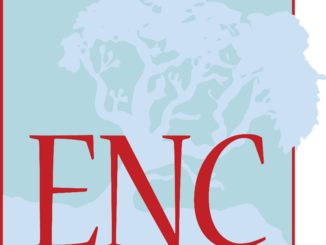 Bruker Corp. has announced the successful installation of an Ascend Aeon 900 magnet, the first compact, single-story NMR magnet with active refrigeration at the University of California, San Diego (UCSD) in La Jolla, CA. The Aeon technology integrates advanced refrigeration technology into the magnet design, thus providing independence from the periodic cryogen refills customary with traditional NMR magnets.
Bruker Corp. has announced the successful installation of an Ascend Aeon 900 magnet, the first compact, single-story NMR magnet with active refrigeration at the University of California, San Diego (UCSD) in La Jolla, CA. The Aeon technology integrates advanced refrigeration technology into the magnet design, thus providing independence from the periodic cryogen refills customary with traditional NMR magnets.
The Ascend Aeon 900 is a liquid nitrogen-free, superconducting magnet system with helium reliquefaction technology. It enables long-term, carefree operation without user maintenance and with essentially helium-consumption-free operation. Whereas traditional 900 MHz magnets require two-story laboratories, the new compact Ascend Aeon 900 magnet can be placed in single-story labs due to advancements in superconductors, jointing technologies and novel magnet designs. Researchers with restricted laboratory space can now benefit from the sensitivity and dispersion of ultra-high field solid-state NMR with this first ever single-story 900 MHz magnet. The reduced height and minimum stray magnetic fields of this new magnet maximize siting flexibility and reduce site preparation costs.
With the introduction of new Aeon technology for 400 to 700 MHz NMR magnets earlier this year, and now the new Ascend Aeon 900, Bruker continues to respond to concerns regarding potential Helium shortages and increasing Helium costs. Ascend Aeon magnets achieve this by combining the latest active-shielding technology with Bruker’s advanced, proprietary refrigeration designs, featuring integrated low-vibration cryo-coolers for reliable long-term operation.
The University of California, San Diego purchased the Ascend Aeon 900 magnet together with Bruker’s AVANCE III HD NMR spectrometer to provide NMR capabilities at the UCSD Biomedical Technology Research Center (BTRC) for Molecular Imaging of Proteins. The instrument will be used for the development and application of high-resolution solid-state NMR spectroscopy to proteins in biological supramolecular assemblies, especially membranes. The Collaborative and Service activities of the BTRC ensure that the instrument is available to the UCSD biomedical research community.
Dr. Stanley Opella, Distinguished Professor of Chemistry and Biochemistry at UCSD, said, “I am impressed by Bruker’s ability to quickly make further developments in the area of ultra-high field magnet technology. All of us at the Center are delighted by the fact that we now have a fully operational, robust, compact, and unique 900 MHz magnet available for our own NMR research and that of our users. Bruker’s extraordinary customer support ensured ‘on time’ delivery and very rapid, problem-free installation of a technology currently at the leading edge of magnet development that is already showing highly reliable performance on very demanding high-power and fast spinning NMR experiments. This novel spectrometer provides a reassuring boost for achieving our own scientific research goals in new areas of solid-state NMR spectroscopy and structural biology.”



